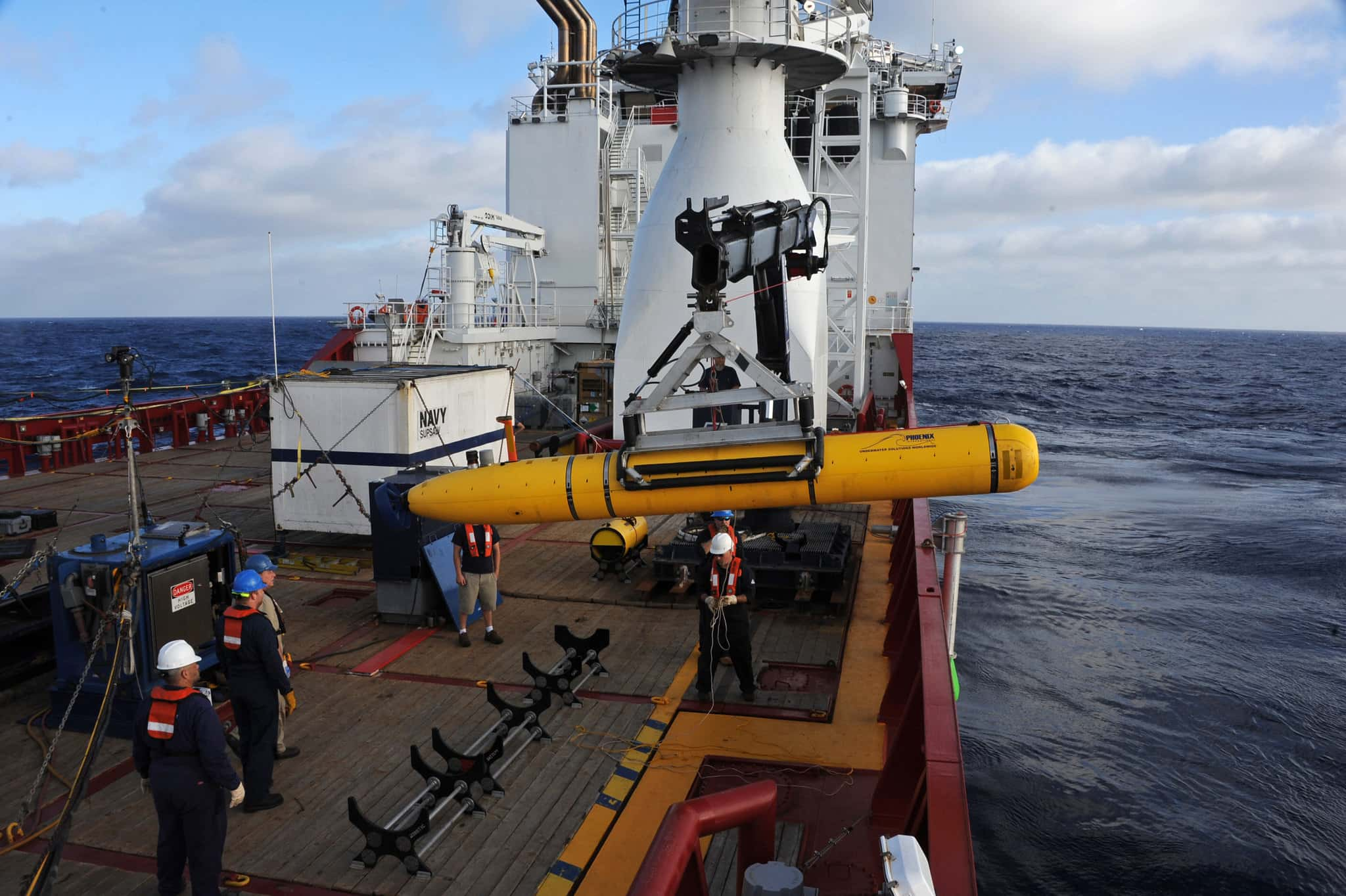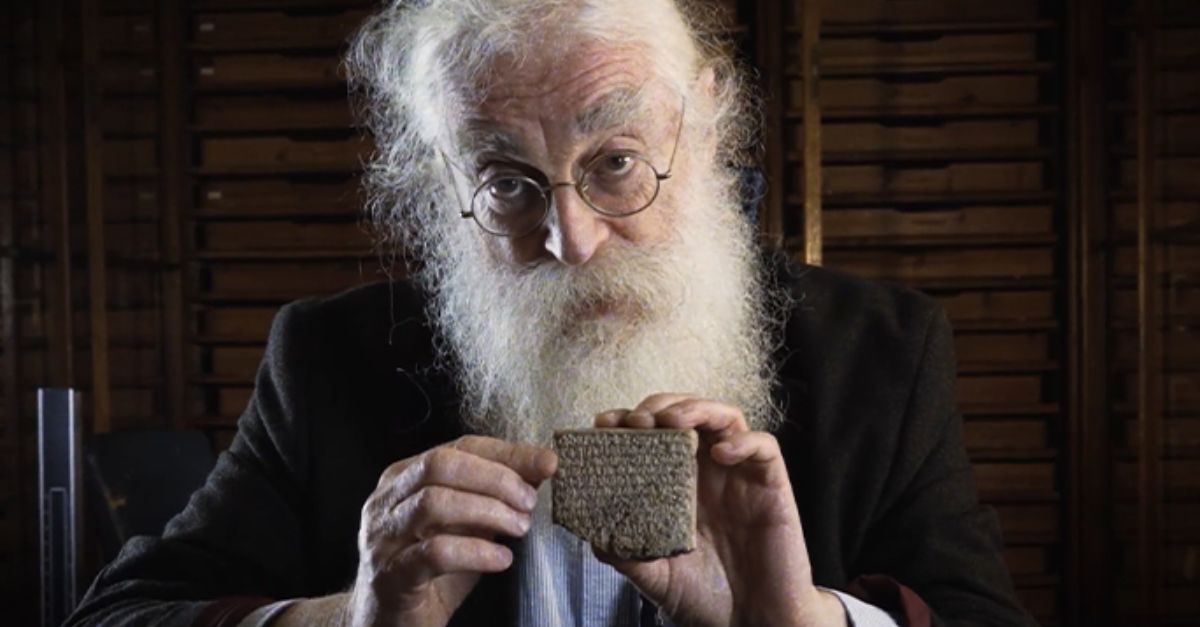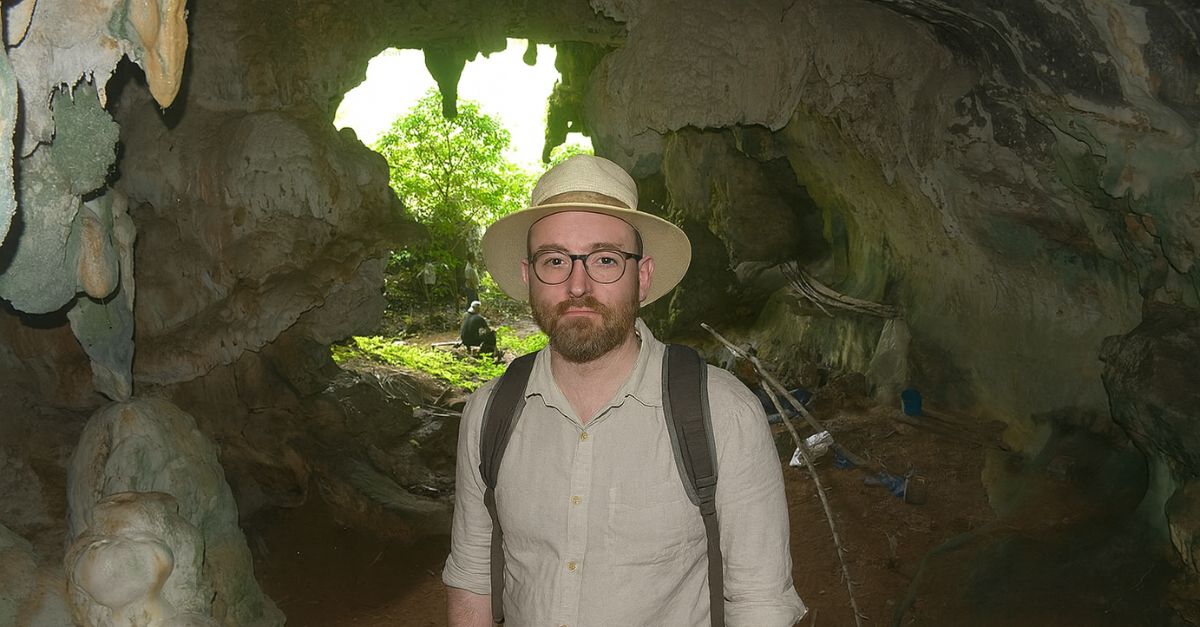The Man Who Refused To Give Up
Blaine Gibson isn’t your typical aviation investigator. A traveller‑turned debris‑hunter, he has spent the last decade of his life combing remote beaches for fragments of the ill-fated MH370 (Malaysian Airlines Flight 370), driven by a singular mission: to find truth for the families of the missing. What makes his tale so compelling is not only the progress he’s made, but also in posing questions about that flight that are still unresolved.
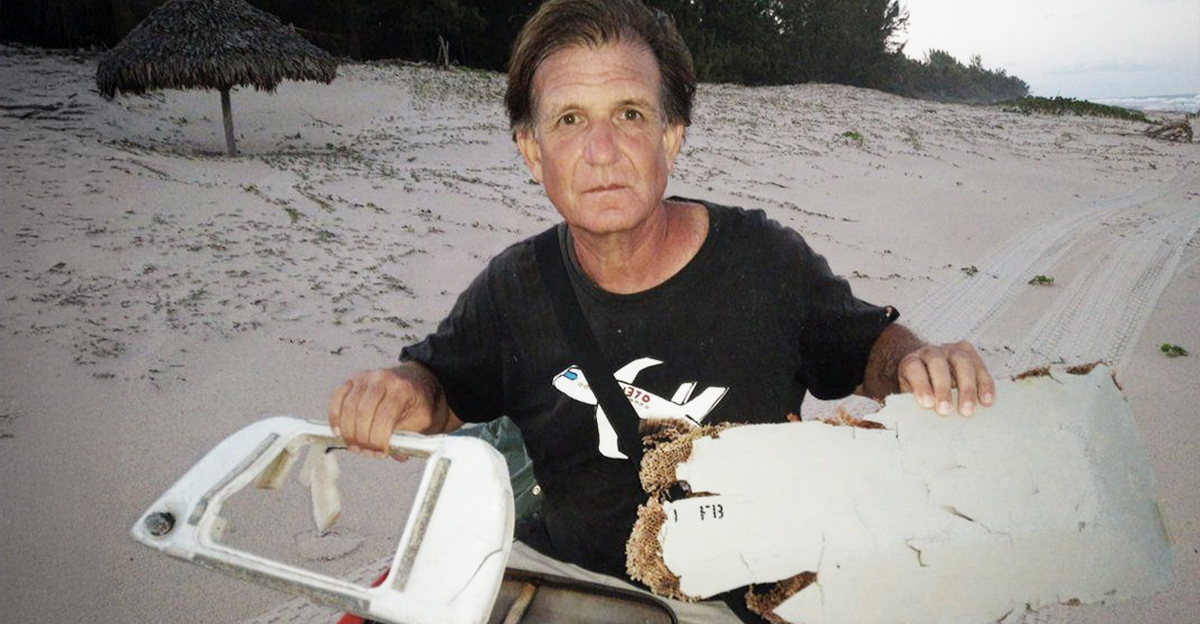
An Unconventional Career
Born April 21, 1957 in San Francisco, Gibson described himself as an adventurer and world traveller who has set off on searches ranging from Siberian meteor impacts to the Ark of the Covenant. He briefly held jobs in diplomacy and banking before dedicating himself to global exploration and the search for anything anomalous that he could dig up.
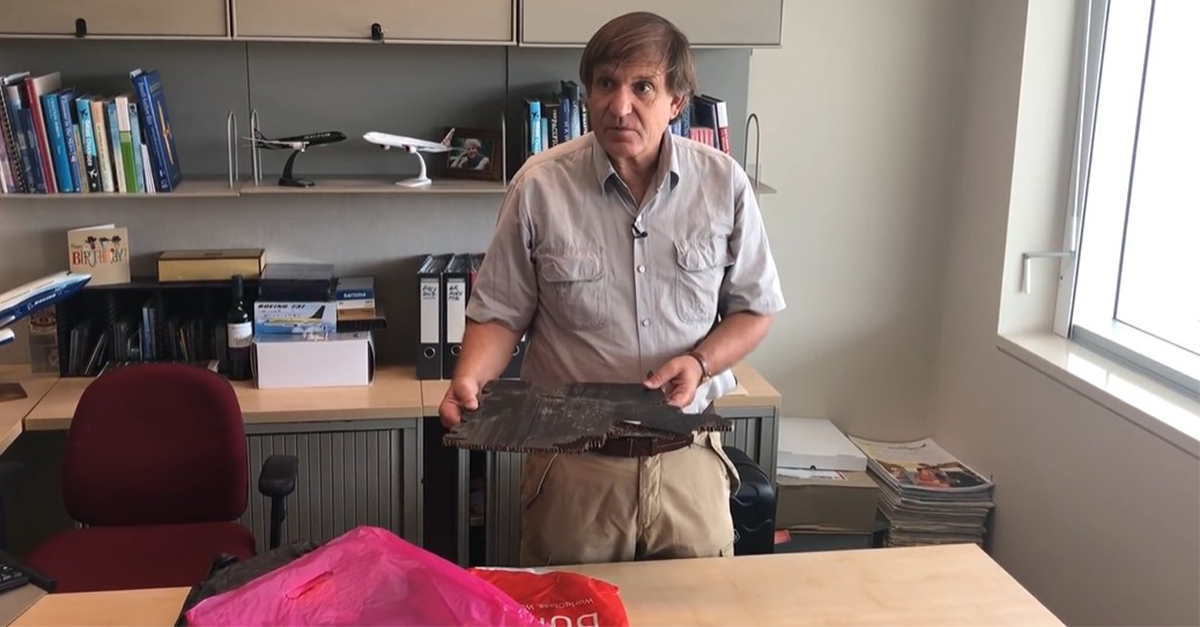 Wreck Hunter Talks About Possible MH370 Debris Discovery, Airline Ratings, YouTube
Wreck Hunter Talks About Possible MH370 Debris Discovery, Airline Ratings, YouTube
He Took On The MH370 Mystery
In the aftermath of MH370’s baffling disappearance in March 2014, everyone was scratching their heads looking for answers. Gibson developed a keen fascination with the case that soon flowered into a full-blown obsession. After meeting up with the world’s foremost ocean current experts, he made the bold decision to pursue debris recovery himself, rather than waiting around for official teams to locate the main wreck site.
Oceanography Meets Beachcombing
Working with drift‑model experts at the University of Western Australia in Perth, Gibson used current maps and simulations to pinpoint remote islands in the western Indian Ocean where aircraft wreckage might wash ashore. He then traveled to those beaches to raise awareness among local fishermen and islanders about what the debris could look like.
 Laurent ERRERA, Soerfm, CC BY-SA 2.0, Wikimedia Commons
Laurent ERRERA, Soerfm, CC BY-SA 2.0, Wikimedia Commons
First Confirmed Finds And Growing Credibility
Gibson’s effort helped lead to more than 20 pieces of wreckage confirmed or strongly linked to MH370. One key piece was a horizontal stabilizer panel marked “NO STEP” found off Mozambique. This fragment was traced by drift modelling and added considerable weight to the theory of where the plane crashed.
 Blaine Gibson Discusses Newly Discovered MH370 Wreckage, Airline Ratings
Blaine Gibson Discusses Newly Discovered MH370 Wreckage, Airline Ratings
Locating The Crash Zone
The fragment discoveries reinforce the conclusion that MH370 most likely went down in the southern Indian Ocean along the so‑called “7th arc”. This theory supports drift models of how the debris spread. For the world aviation community and the families of the passengers, each piece is a tiny step forward in the accident investigation and the quest for closure.
 Blaine Gibson Discusses Newly Discovered MH370 Wreckage, Airline Ratings
Blaine Gibson Discusses Newly Discovered MH370 Wreckage, Airline Ratings
The Naysayers
Gibson’s work has been the target of occasional criticism. Some analysts have raised questions about how quickly he found some of the pieces, the chain of custody, and whether some debris might have even been planted or mis‑attributed. This kind of scrutiny underscores the challenge of conducting an independent investigation in a case still shrouded in mystery.
Threats, Secrecy And Protective Measures
Gibson has reported that his work has made him a target: death threats, a hotel break‑in in Madagascar, and an increased level of personal risk associated with handling sensitive debris he believes that some don’t want found. Gibson keeps his whereabouts a secret to maintain safety and works largely behind the scenes.
 MH370 SEARCH - BLAINE ON DEBRIS #mh370mystery, Airline News with Geoffrey Thomas
MH370 SEARCH - BLAINE ON DEBRIS #mh370mystery, Airline News with Geoffrey Thomas
Involvement In Technical Analysis: Gear Down Theory
In 2022, Gibson co‑published a report with engineer Richard Godfrey that suggested a landing‑gear door from MH370 showed puncture damage from engine fragments. This implies that the pilot may have purposely sent the aircraft into a dive with the landing gear down. The theory raises disturbing implications for how the crash may have occurred.
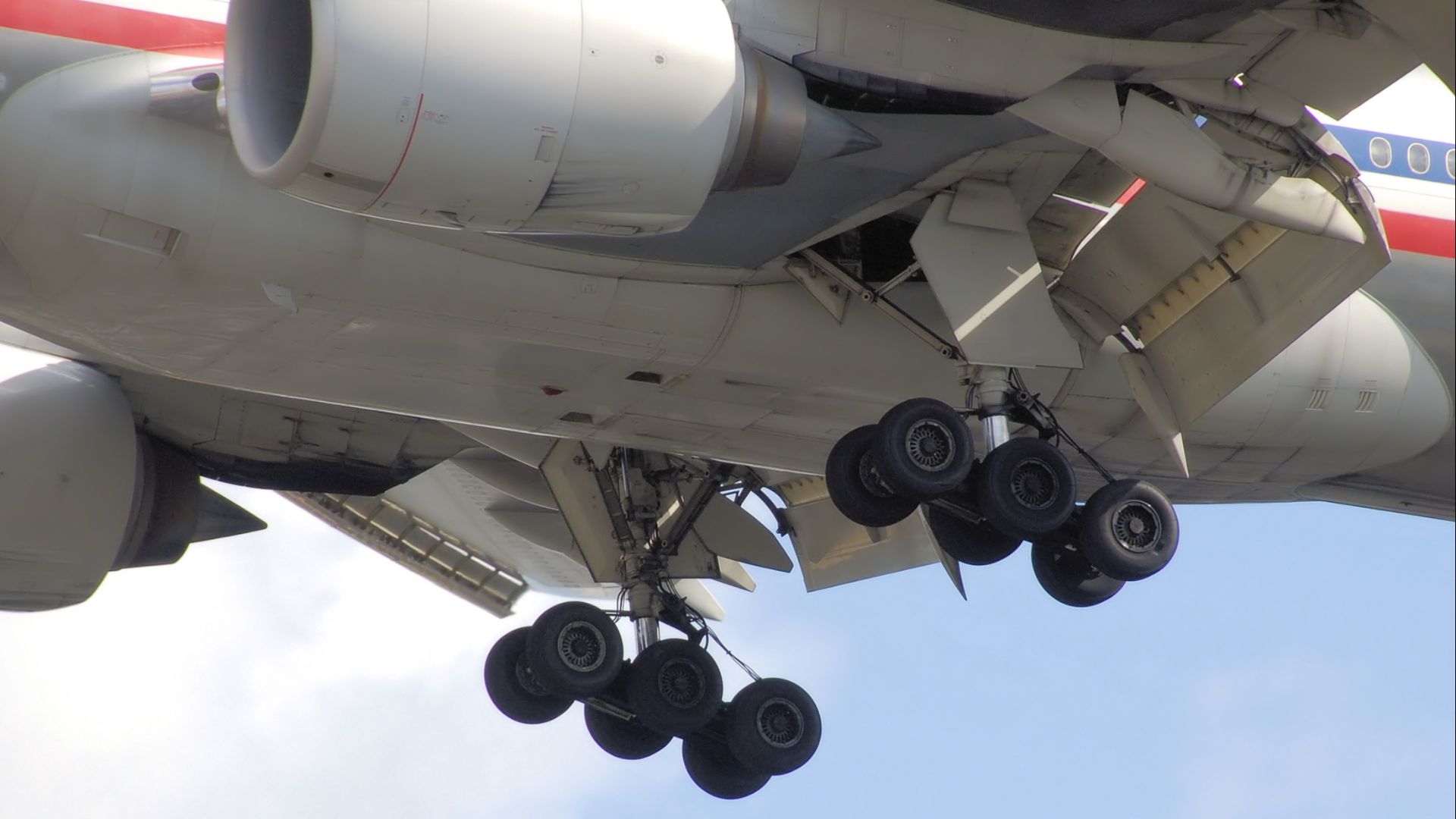 Adrian Pingstone (Arpingstone), Wikimedia Commons
Adrian Pingstone (Arpingstone), Wikimedia Commons
Ethical And Investigative Implications
The suggestion of a deliberate act rather than an accident carries an enormous moral weight. If that theory is accurate, the families of the missing face not only loss but the terrifying notion that there was nothing physically wrong with the plane. Gibson’s findings have shifted the discussion from mere location to motive.
Broader Wreckage‑Hunter Role
Gibson’s efforts at locating debris, raising local awareness, and working together with modelling experts is a great example of how non‑government actors can influence high‑profile investigations through their relentless commitment to a cause. He is quick to point out that even small fragments can yield clues as vital as a full underwater wreck search.
Wreck Still Undiscovered
Despite all the many debris finds, the main aircraft wreckage, including its fuselage and black boxes, remains undiscovered on the seabed. Models show the deep‑ocean search area is incredibly vast and difficult. Gibson urges that the search must go on until all answers are found.
Collaboration With Official Investigators And Agencies
Though he is acting as a “lone wolf” investigator, Gibson has engaged with official agencies and oceanographers. He publicly supported a renewed search effort and praised improved underwater‑vehicle technologies that may play a role in eventually locating the main wreck zone.
 New search begins for missing flight MH370 | 9 News Australia, 9 News Australia
New search begins for missing flight MH370 | 9 News Australia, 9 News Australia
Respecting Families And Their Expectations
Gibson has always expressed empathy for the 239 lives lost aboard MH370 and their families. He has criticised sensationalist documentary portrayals which he thinks are pursuing red herring theories. These kinds of spurious theories have distracted people from serious investigation and are very upsetting to grieving relatives.
Personal Sacrifices And The Adventurer’s Choice
Behind the headlines is a man who left conventional life, sold assets, and chose solitude in remote beaches. Whatever you think of him, Gibson’s devotion to the search has come with emotional and financial cost, but he’s decided that the mission was worth the sacrifice.
Impact On Aviation Safety And Future Searches
The findings from Gibson and other investigators have reinforced the value of debris‑drift modelling, coastal awareness programmes, and multi‑disciplinary searches that take advantage of oceanography and aviation forensics. The effort put in on MH370 could wind up helping future missing‑aircraft investigations.
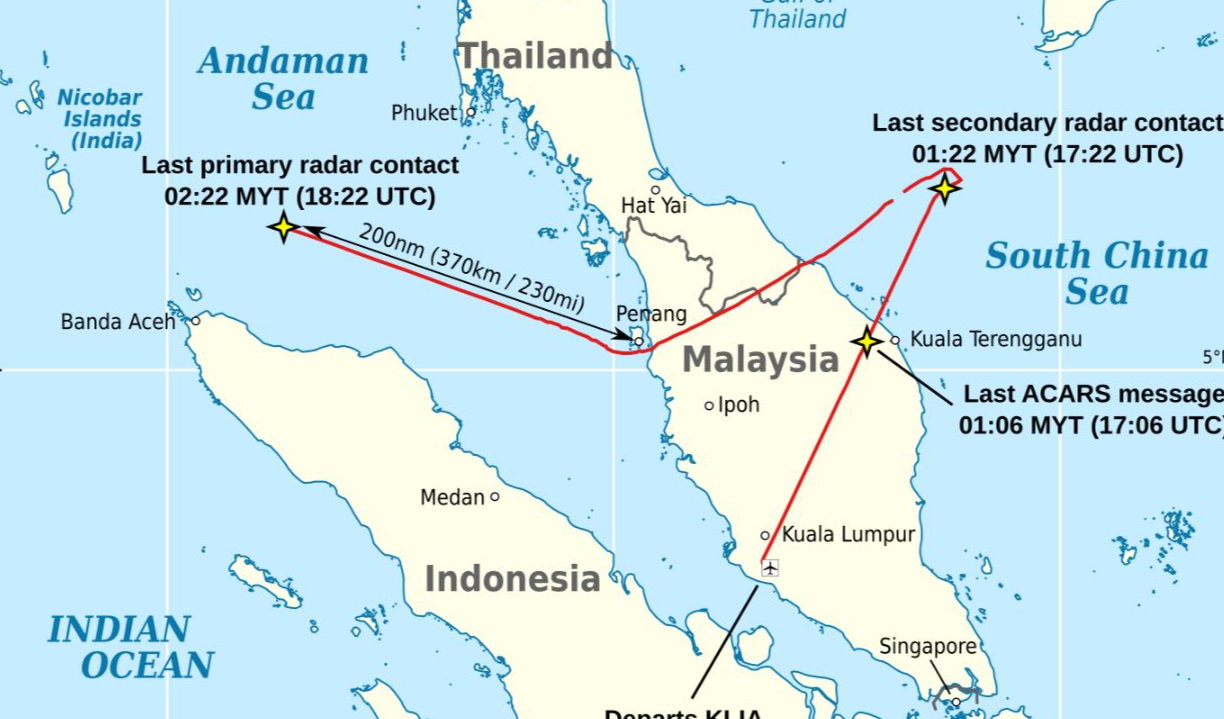 Andrew Heneen, Wikimedia Commons
Andrew Heneen, Wikimedia Commons
Unanswered Questions And Gaps In The Record
While debris helps to trace the plane’s location and possible crash behavior, there are still some key unanswered questions: What was the motive (if any)? What happened during the flight’s final minutes? Who bears responsibility? These knowledge gaps keep MH370 firmly planted in the realm of mystery.
The Search For Closure
Gibson hopes his work accelerates a final search, gives the families closure on this terrible chapter, and shows that one determined individual can change the course of an international event. He keeps urging: “We must solve this!”
Public Image: Hero, Eccentric, Or Something Else?
Media portrayals of Gibson aren’t universally positive: some call Gibson a heroic “wreck‑hunter”, others question his methods or motivations. No one can deny that Gibson’s work has allowed us to know a lot more about the fate of the doomed Boeing 777 that took off from Kuala Lumpur that evening in March 2014.
The Search Beyond The Shoreline
The story of Blaine Gibson is about people trying to find out the truth for themselves on remote beaches in an ongoing quest for justice and closure. Until MH370 is found, the desperate longing for the truth will never cease.
 Mohd Samsul Mohd Said, Getty Images
Mohd Samsul Mohd Said, Getty Images
You May Also Like:
The Twisted Secret We Know About The Hindenburg Disaster






